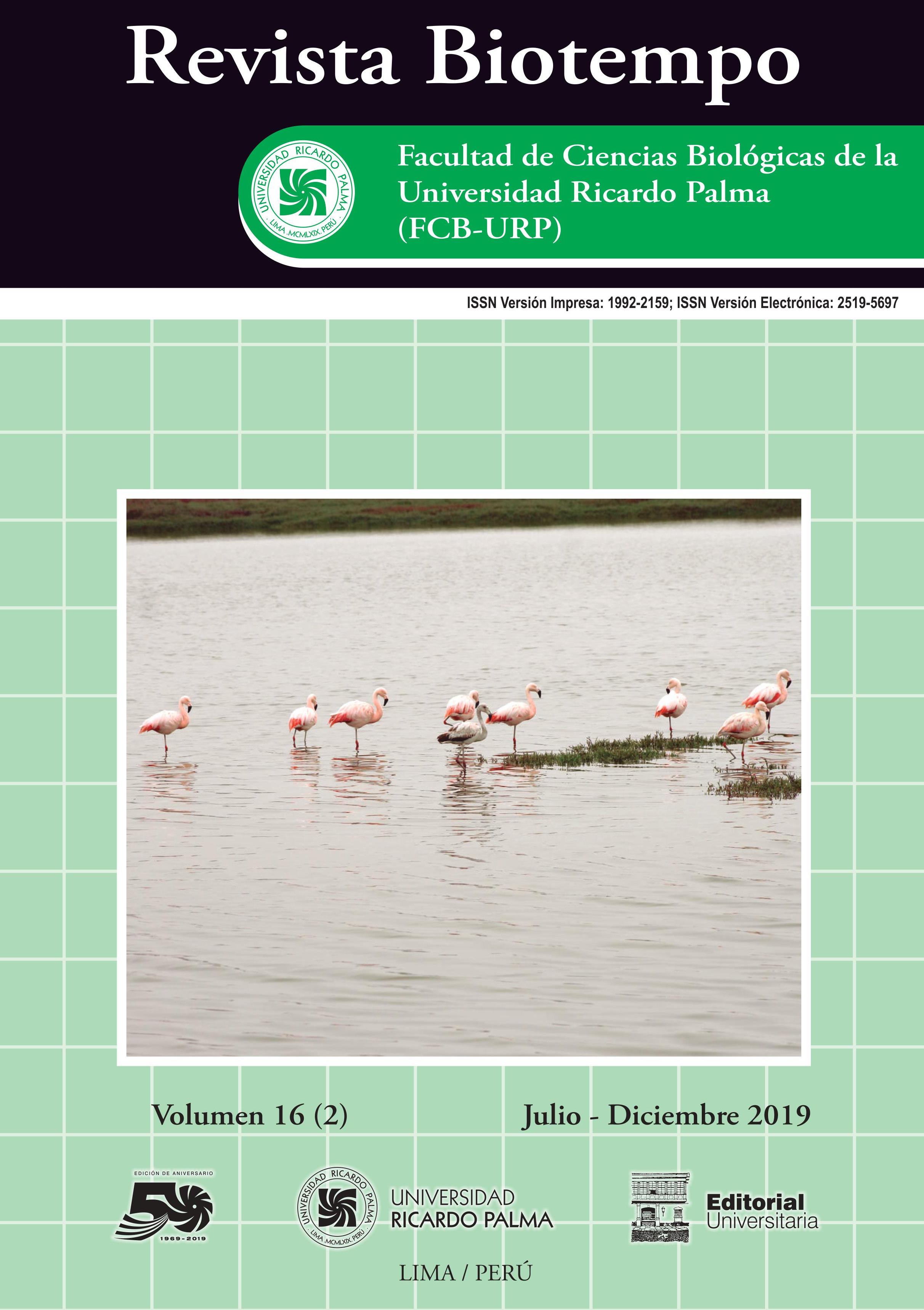RESTRICTIONS OF THE LIQUOR EXPENDED SCHEDULES IN LIMA METROPOLITANA, PERU AND ITS EFFECT ON THE VIOLENT DEATH 2015-2017
DOI:
https://doi.org/10.31381/biotempo.v16i2.2535Abstract
The objective of the present investigation was to determine the relationship between the “Safe Hour” liquor sales schedules and those killed by traffic crashes and abuses, homicides and suicides. The descriptive investigation based on the monthly reports carried out by the Metropolitan Municipality of Lima (LM), Peru from the database of the Institute of Legal Medicine (ILM) recorded from 2015 to 2017, with a bivariate analysis and relative risks, characterizing those killed by violent deaths and their relationship with sex, age and alcohol consumption. There is a significant decrease in alcoholized victims in all violent deaths except for the suicide of women, between 2015 and 2017. The largest percentage decrease in homicides of alcoholics occurred in women, meaning a reduction in feminicide. The average age shifts in frequencies as the years go by, with the exception of suicide in women between the base year (2015) against 16 and 17. The victims are older in LM alcoholics, consistent with that published by the statistical yearbook of the National Police, both in age and sex. It is concluded that the decrease in violent deaths and changes in age and sex in LM should be a consequence of public policy and effective police controls. The "safe hour" has evidence for its application throughout the country. Safe time is an effective strategy to deal with feminicide.










